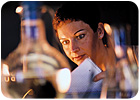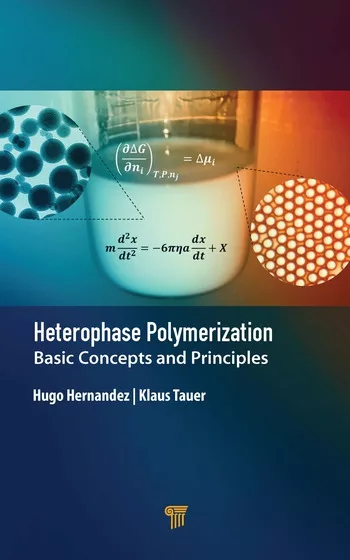Polymer Glossary

Following is a list of terms relating to the manufacture of polymers and their definitions. See sidebar for abbreviations for the most common rubber polymer types.
Accelerator: Chemical added to increase curing rate.
Acrylonitrile: Unsaturated hydrocarbon containing nitrogen (CH2 CHCN) Part of nitrile rubber (NBR).
Activator: Chemical to activate the curing reaction.
Antioxidant: Chemical to reduce oxidation.
Antiozonants: Chemical to reduce ozone cracking.
Bladder: Inflatable bladder, used to form the tire in the mold during curing.
Blowing Agent: Chemical to make sponge rubber, forming the cells by release of gas.
Butadiene: Unsaturated hydrocarbon (CH2 CHCHCH2). Part of butadiene rubber (BR).
Calender: Machine with two or more rolls for making sheets.
Chloroprene: Base of chloroprene rubber (CR)-containing chlorine.
Coagulate: A substance that is precipitated from a liquid.
Copolymer: A polymer made of two or more monomers.
Cord Fabric: Used as reinforcement in rubber products like tires. Made of rayon, polyamide, polyester, etc.
Crazing: Small cracks on the surface due to weather.
Emulsion: A heterogeneous liquid with two or more substances dispersed in it.
Ethylene: Unsaturated hydrocarbon (CH2 CH2). Part of ethylene-propylene rubber (EPM or EPDM).
Extrusion: Process whereby rubber is formed by pressing through a die, e.g., profiles.
Flash: Excess rubber created during molding. Comes from overflow and injection feed system.
ISO 9000: Standardized management system for quality.
ISO 14000: Standardized management system for environmental assurance.
Isobutylene: Unsaturated hydrocarbon (CH3 C(CH3)CH2). Part of butyl rubber (IIR).
Isoprene: Unsaturated hydrocarbon (CH2 C(CH3)CHCH2) part of isoprene rubber (IR) and butyl rubber (IIR).
Kautschuk: Arising from the Indian name cahu-chu, meaning “the crying tree.”
Latex: The milky liquid in plants like the rubber tree and dandelion. An emulsion of rubber particles in water.
Monomer: Derived from Greek word mono, meaning one, and meros meaning part. Several monomers make a polymer.
Natural Rubber: Rubber extracted from Hevea Brasiliensis.
Polymer: Derived from the Greek word poly meaning many and meros meaning part. A polymer consists of a long molecular chain made of equal units (monomers).
Polymerization: Chemical reaction where several molecules of the same type are united to produce a bigger unit.
Propylene: Unsaturated hydrocarbon (CH2 CHCH3). Part of ethylene-propylene rubber (EPM and EPDM).
Prototype: A first model for checking a new product.
Sandblasting: Cleaning a surface by blowing sand particles.
Styrene: Aromatic hydrocarbon. Part of styrene-butadiene rubber (SBR).
Sulfur Bridge: Bridging two rubber molecules with a sulfur bond.
Synthetic Rubber: Man-made polymer.
UV Light: Invisible light with high-energy content. Used for making a rubber surface glossy.
Viscosity: A property in liquids and polymers that depends on inner friction. High viscosity means less flow than in substances with low viscosity.
Vulcanization: Derived from Vulcan, the mythological god of fire and smithery. Also called curing. When adding sulfur to a rubber compound, the sulfur forms crosslinks between the polymer chains, making the rubber elastic.
For more information, contact Trelleborg, phone 46 410 670 94, fax 46 410 427 63, or visit www.trelleborg.com.
SIDEBAR: Abbreviations of Rubber Polymers
ACM: Acrylic rubberBIIR: Bromo butyl rubber
BR: Butadiene rubber
CIIR: Chloro buryl rubber
CM: Chlorinated Polyethylene rubber
CR: Chloroprene rubber
CSM: Chlorosulponated polyethylene rubber
ECO: Epichlorohydrin rubber
EPDM: Ethylene Propylene Diene rubber
FPM: Fluoro rubber
HNBR: Hydrogenated Nitrile rubber
IIR: Butyl rubber
IR: Isoprene rubber
MFQ: Fluoro-silicone rubber
NBR: Nitrile rubber
NR: Natural rubber
PO: Propylene oxide rubber
Q: Silicone rubber
SBR: Styrene-butadiene rubber
U: Urethane rubber
Links
Looking for a reprint of this article?
From high-res PDFs to custom plaques, order your copy today!






